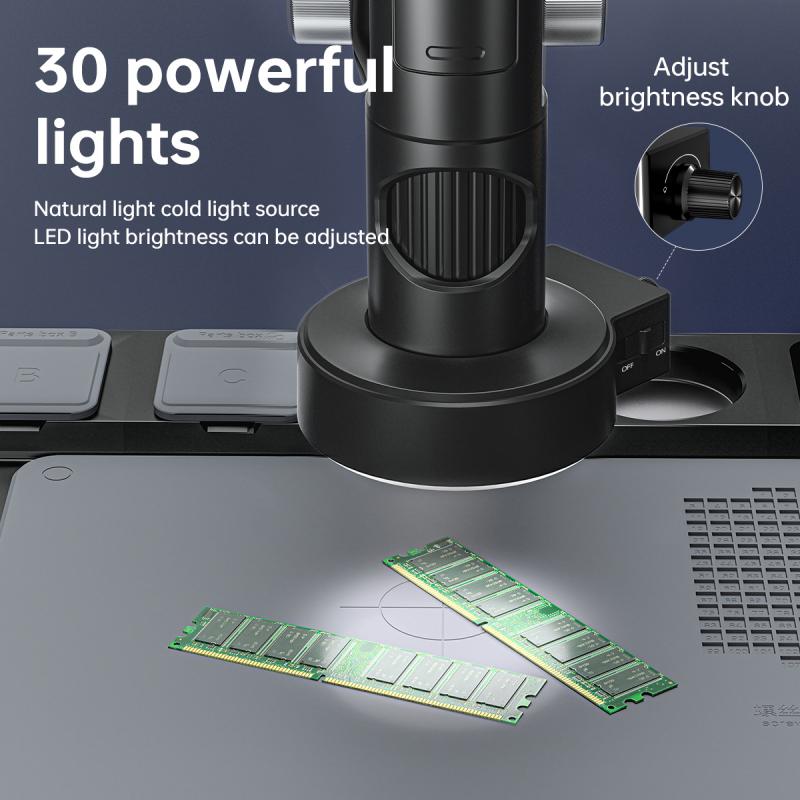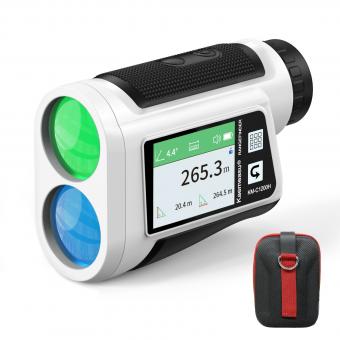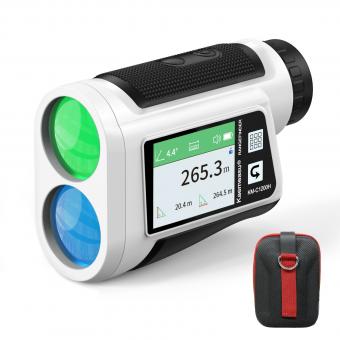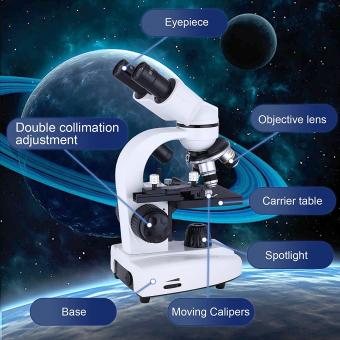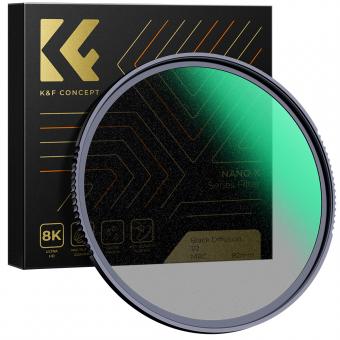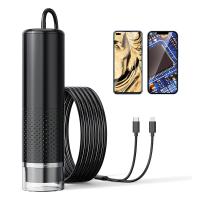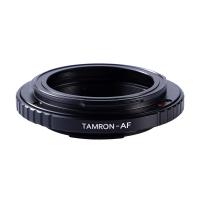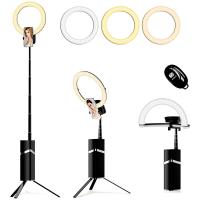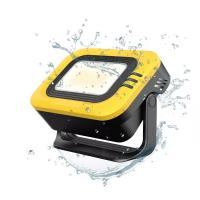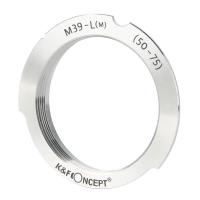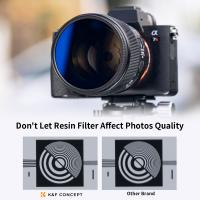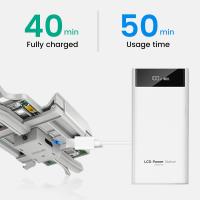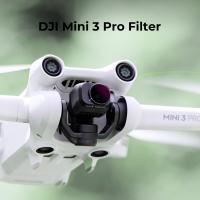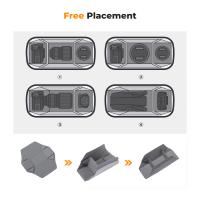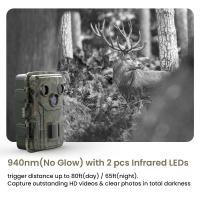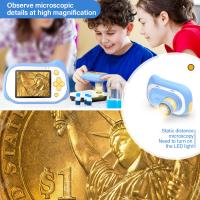How To Measure Microns With A Microscope ?
To measure microns with a microscope, you can use the microscope's built-in calibration scale or an eyepiece reticle. The calibration scale is a slide with a known distance marked on it, which can be used to determine the size of objects in the field of view. By comparing the size of the object of interest to the scale, you can estimate its size in microns.
Alternatively, an eyepiece reticle is a transparent ruler-like grid that can be inserted into the microscope's eyepiece. The grid is calibrated with known distances, allowing you to directly measure the size of objects in the field of view.
To measure microns, first, calibrate the microscope using the calibration scale or eyepiece reticle. Then, focus on the object you want to measure and align it with the scale or grid. Count the number of divisions the object spans and multiply it by the known distance per division to calculate the size in microns.
It's important to note that the accuracy of measurements may vary depending on the microscope and the technique used.
1、 Microscope Calibration: Ensuring accurate measurement through proper calibration techniques.
Microscope Calibration: Ensuring accurate measurement through proper calibration techniques.
Microscopes are essential tools in various scientific fields, allowing researchers to observe and measure objects at the microscopic level. However, to obtain accurate measurements, it is crucial to calibrate the microscope properly. Calibration ensures that the microscope's magnification and measurement scales are accurate, enabling precise measurements in microns.
To measure microns with a microscope, follow these steps for calibration:
1. Stage Micrometer: Begin by obtaining a stage micrometer, which is a glass slide with a precise scale etched onto it. The scale typically consists of lines spaced at known intervals, such as 10 microns.
2. Focus and Alignment: Place the stage micrometer on the microscope stage and focus the microscope on the scale. Adjust the focus and alignment until the scale appears sharp and clear.
3. Eyepiece Graticule: Next, calibrate the eyepiece graticule, which is a small ruler-like scale visible through the microscope eyepiece. Adjust the eyepiece graticule so that its scale matches the known intervals on the stage micrometer.
4. Objective Lens Calibration: Now, calibrate the objective lens by measuring the known intervals on the stage micrometer using the eyepiece graticule. Compare the measurements obtained with the known intervals to ensure accuracy.
5. Record and Adjust: Record the measurements obtained and compare them to the known intervals. If there are discrepancies, adjust the microscope's magnification or measurement scales accordingly.
6. Regular Calibration: It is essential to regularly calibrate the microscope to maintain accuracy. Factors such as temperature, humidity, and wear and tear can affect the microscope's calibration over time.
The latest advancements in microscope calibration techniques include the use of digital imaging software. These software programs allow for automated calibration, reducing human error and providing more precise measurements. Additionally, some microscopes now come with built-in calibration features, simplifying the calibration process.
In conclusion, measuring microns with a microscope requires proper calibration techniques. By following the steps outlined above and utilizing the latest advancements in calibration technology, researchers can ensure accurate measurements at the microscopic level. Calibration is crucial for obtaining reliable data and advancing scientific knowledge in various fields.
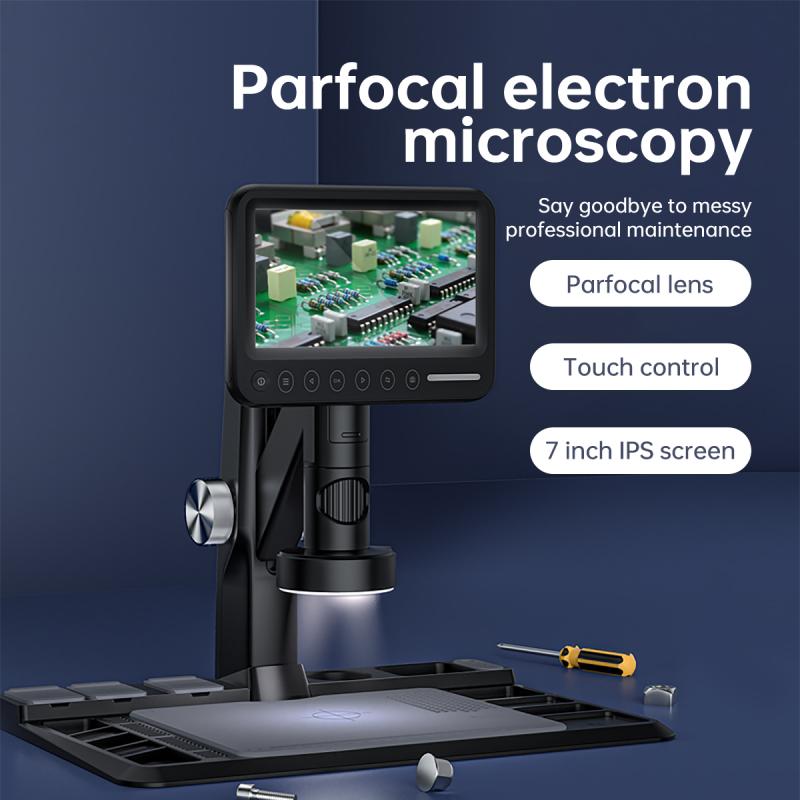
2、 Eyepiece Micrometer: Using a calibrated scale within the microscope eyepiece.
How to measure microns with a microscope? One method is by using an eyepiece micrometer, which utilizes a calibrated scale within the microscope eyepiece. This technique allows for precise measurements of objects under the microscope.
To measure microns using an eyepiece micrometer, start by placing the eyepiece micrometer into the microscope eyepiece. Ensure that the micrometer is properly aligned with the microscope's field of view. Next, focus the microscope on the object you wish to measure.
Using the microscope's stage controls, move the object until it aligns with the micrometer's scale. The scale on the micrometer is typically divided into smaller units, such as microns or millimeters. By comparing the size of the object to the scale, you can determine its dimensions in microns.
It is important to note that the accuracy of measurements using an eyepiece micrometer depends on the calibration of the micrometer scale. Therefore, it is crucial to calibrate the micrometer using a known standard before taking measurements. This can be done by measuring a known reference object with a known size and comparing it to the micrometer scale.
Additionally, advancements in technology have led to the development of digital microscopes that can measure microns automatically. These microscopes often have built-in software that allows for precise measurements without the need for an eyepiece micrometer.
In conclusion, measuring microns with a microscope can be achieved using an eyepiece micrometer. However, it is essential to ensure proper calibration for accurate measurements. Alternatively, digital microscopes offer a more convenient and automated approach to measuring microns.
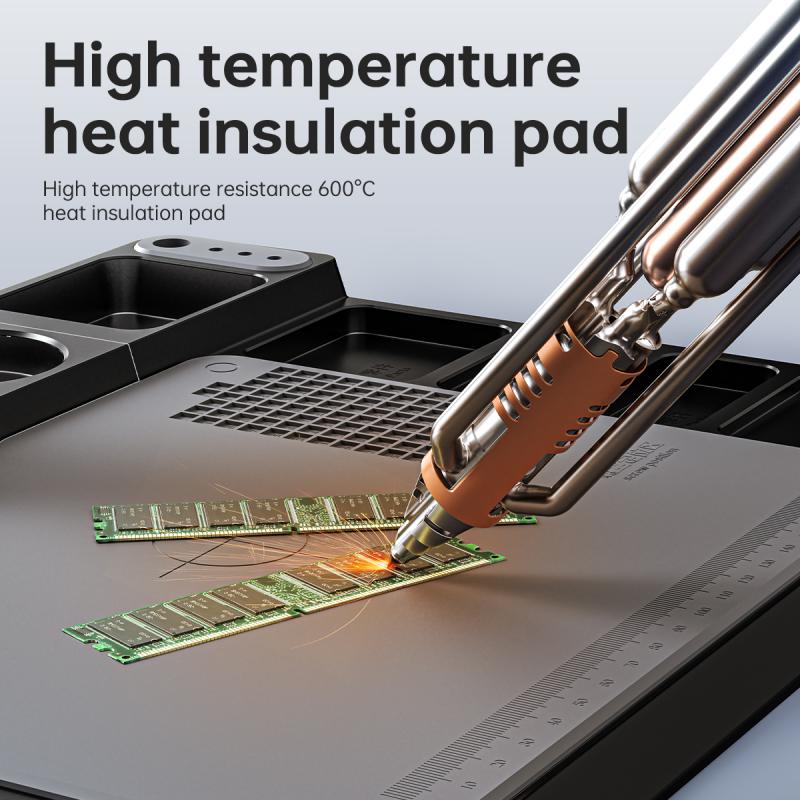
3、 Stage Micrometer: Utilizing a slide with a known scale for measurement.
How to measure microns with a microscope? One method is by using a stage micrometer, which involves utilizing a slide with a known scale for measurement. A stage micrometer is a specially designed slide that contains a precise scale etched onto its surface. This scale is typically divided into smaller units, such as microns or millimeters, allowing for accurate measurements.
To measure microns with a microscope using a stage micrometer, the first step is to place the stage micrometer slide onto the microscope stage. Next, adjust the microscope's focus until the scale on the stage micrometer is clear and in focus. Then, locate the object or specimen that needs to be measured and adjust the microscope's focus accordingly.
By comparing the scale on the stage micrometer to the object or specimen being observed, it is possible to determine the size in microns. This can be done by counting the number of divisions on the stage micrometer that align with the object or specimen and multiplying it by the known value of each division.
It is important to note that the accuracy of measurements using a stage micrometer depends on the quality and calibration of the microscope and the stage micrometer itself. Regular calibration and maintenance of the microscope and stage micrometer are essential to ensure accurate measurements.
In the latest point of view, advancements in technology have led to the development of digital microscopes that can automatically measure microns. These microscopes often have built-in software that can analyze images and provide precise measurements. However, the use of a stage micrometer remains a reliable and widely used method for measuring microns with a microscope.
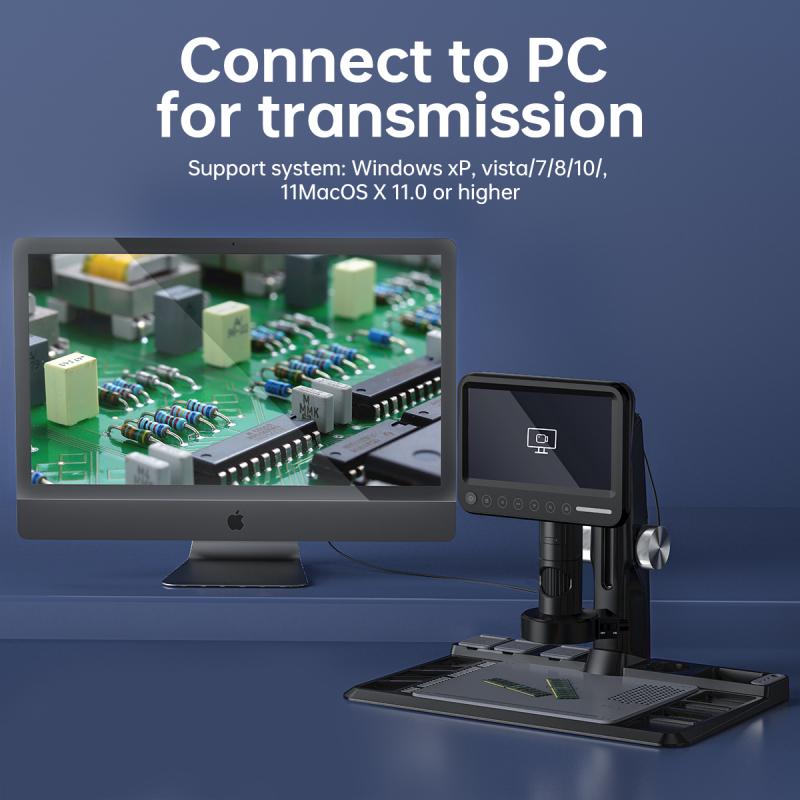
4、 Image Analysis Software: Employing specialized software for precise micron measurements.
How to measure microns with a microscope has become increasingly efficient and accurate with the advent of image analysis software. This specialized software allows for precise micron measurements by utilizing advanced algorithms and tools specifically designed for this purpose.
Image analysis software offers a range of features that aid in measuring microns. One such feature is the ability to calibrate the microscope, ensuring accurate measurements by accounting for any magnification discrepancies. This calibration process involves capturing images of a known reference scale and using the software to establish a conversion factor between pixels and microns.
Once the microscope is calibrated, the software enables users to measure microns by selecting specific regions of interest within the image. These regions can be outlined using various tools such as polygons or circles. The software then calculates the size of the selected region based on the calibrated scale, providing precise micron measurements.
Furthermore, image analysis software often includes advanced measurement tools such as line profiles, which allow users to measure distances between two points with high accuracy. This feature is particularly useful for measuring the length or width of objects in the micron range.
The latest advancements in image analysis software have also introduced automated measurement capabilities. These algorithms can detect and measure micron-sized objects within an image automatically, saving time and reducing human error. Additionally, some software packages offer 3D analysis capabilities, enabling measurements of micron-sized structures in three dimensions.
In conclusion, employing specialized software for precise micron measurements has revolutionized the field of microscopy. With features such as calibration, region of interest selection, line profiles, and automated measurements, image analysis software provides an efficient and accurate solution for measuring microns. The latest advancements in this software continue to enhance the capabilities and accuracy of micron measurements, making it an indispensable tool for researchers and scientists in various fields.
